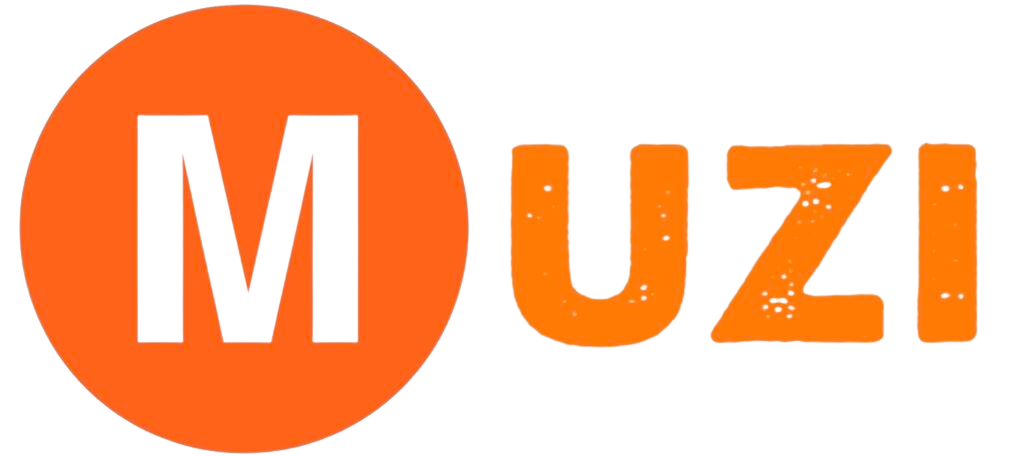As schools begin to reopen in-person around the country, our research suggests that schools are adapting, but work remains to address the privacy and accessibility pitfalls that limited educational opportunities for too many students during remote learning. We are encouraged by the progress being made by schools and districts across the country to address security and data privacy as online learning becomes an enduring legacy of the pandemic,” said CDT’s CEO Alexandra Reeve Givens. “CDT will continue our work to help ensure that technologies are used by schools in ways that meet families’ needs and keep students safe.”
CDT’s new report, titled “With Increased Edtech Comes Increased Responsibility,” provides updated polling data one year after the U.S. shut down and classrooms moved from the school building to the home overnight. In addition to support for continued technology use, teachers report growth in several key metrics for privacy preparedness, including a 10-percentage point increase in schools with a technology plan that addresses student privacy and security, an 11-point increase in schools providing guidance for technology use during COVID-19, and a seven-point increase in teachers reporting familiarity with their school’s student data privacy policies and procedures.
“Student privacy isn’t just a safety issue—it’s an equity concern as well,” said Elizabeth Laird, CDT’s Director of Equity in Civic Technology. “While our evidence suggests that schools have stepped up their efforts to close the digital divide as teachers report a 28 percent increase in schools providing devices to all of their students, rather than just some, it’s important for schools to have policies and training in place to protect the data and privacy of these students as they come online.”
In the Colonial years, wooden paddles with printed lessons, called Horn-Books, were used to assist students in learning verses. Over 200 years later, in 1870, technology advanced to include the Magic Lantern, a primitive version of a slide projector that projected images printed on glass plates. By the time World War I ended, around 8,000 lantern slides were circulating through the Chicago public school system. By the time the Chalkboard came around in 1890, followed by the pencil in 1900, it was clear that students were hungry for more advanced educational tools.
- Radio in the 1920s sparked an entirely new wave of learning; on-air classes began popping up for any student within listening range.
- Next came the overhead projector in 1930, followed by the ballpoint pen in 1940 and headphones in 1950.
- Videotapes arrived on the scene in 1951, creating a new and exciting method of instruction.
- The Skinner Teaching Machine produced a combined system of teaching and testing, providing reinforcement for correct answers so that the student can move on to the next lesson.
- The photocopier (1959) and handheld calculator (1972) entered the classrooms next, allowing for mass production of material on the fly and quick mathematical calculations.
- The Scantron system of testing, introduced by Michael Sokolski n 1972, allowed educators to grade tests more quickly and efficiently.
The pre-computer years were formative in the choices made for computers in the years following. Immediate response-type systems (video, calculator, Scantron) had become necessary, and quick production of teaching materials, using the photocopier, had become a standard. The U.S. Department of Education reports that high school enrollment was only 10% in 1900, but by 1992 had expanded to 95%. The number of students in college in 1930 was around 1 million, but by 2012 had grown to a record 21.6 million. Teachers needed new methods of instruction and testing, and students were looking for new ways to communicate, study, and learn.
One solid indicator that EdTech is big business is the number of billionaires the sector created. According to Deloitte, the Chinese education market should reach $715 billion by 2025 and was responsible for creating seven new billionaires. The richest was Li Yongxin, who leads Offcn Education Technology that provides online and offline training for individuals who want to take civil service exams, but there were other EdTech business leaders represented. Here we consider the key technologies that underpin the EdTech revolution as well as the top 5 tech trends set to disrupt education in 2020.
A discussion about the top tech trends that will disrupt education must first begin with the technologies that will influence these trends.
Artificial intelligence will continue to fill gaps in learning and teaching and help personalize and streamline education. As students interact with connected Internet of Things (IoT) devices and other digital tools, data will be gathered. This big data and analysis of it is instrumental for personalized learning, determining interventions, and what tools are effective. Extended reality, including virtual, augmented, and mixed realities, helps create different learning opportunities that can engage students even further. Education is increasingly becoming mobile, and educational institutions are figuring out ways to enhance the student experience by implementing mobile technology solutions. Of course, this technology requires a capable network to handle the traffic demands, and 5G technology will provide powerful new mobile data capabilities. Finally, blockchain technology offers educational institutions to store and secure student records.

